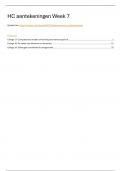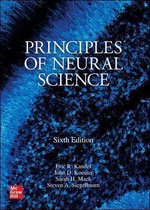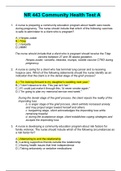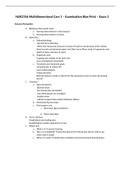College aantekeningen
Collegeaantekeningen leren en geheugen (5102LEGE9Y) Week 7
- Instelling
- Universiteit Van Amsterdam (UvA)
Een uitgebreide en overzichtelijke samenvatting van de hoorcolleges uit week 7 voor deeltentamen 2 van het vak Leren en Geheugen van de studie Psychobiologie aan de UvA ().
[Meer zien]







